Growing Java Plum at Home might seem like a tropical dream, especially if you’re not living in a traditionally warm climate. But guess what? It’s totally achievable, and I’m here to spill all the secrets! Forget those expensive trips to the specialty fruit store; imagine plucking your own juicy, dark purple Java plums right from your backyard.
The Java Plum, also known as Jambolan, has a rich history, deeply rooted in Southeast Asian cultures where it’s been enjoyed for centuries, not just for its delicious fruit but also for its medicinal properties. Traditionally, different parts of the tree were used in Ayurvedic medicine. Now, you can bring a piece of that heritage to your own garden!
Why should you bother with this DIY project? Well, for starters, fresh, homegrown fruit always tastes better! Plus, growing Java Plum at Home is a fantastic way to add biodiversity to your garden, attract pollinators, and enjoy a unique and rewarding gardening experience. Many people struggle with finding fresh Java Plums or think they need a massive orchard to grow them. I’m going to show you simple, effective tricks and hacks that even beginners can use to successfully cultivate this amazing fruit tree in their own backyards or even in containers. Get ready to transform your gardening game!
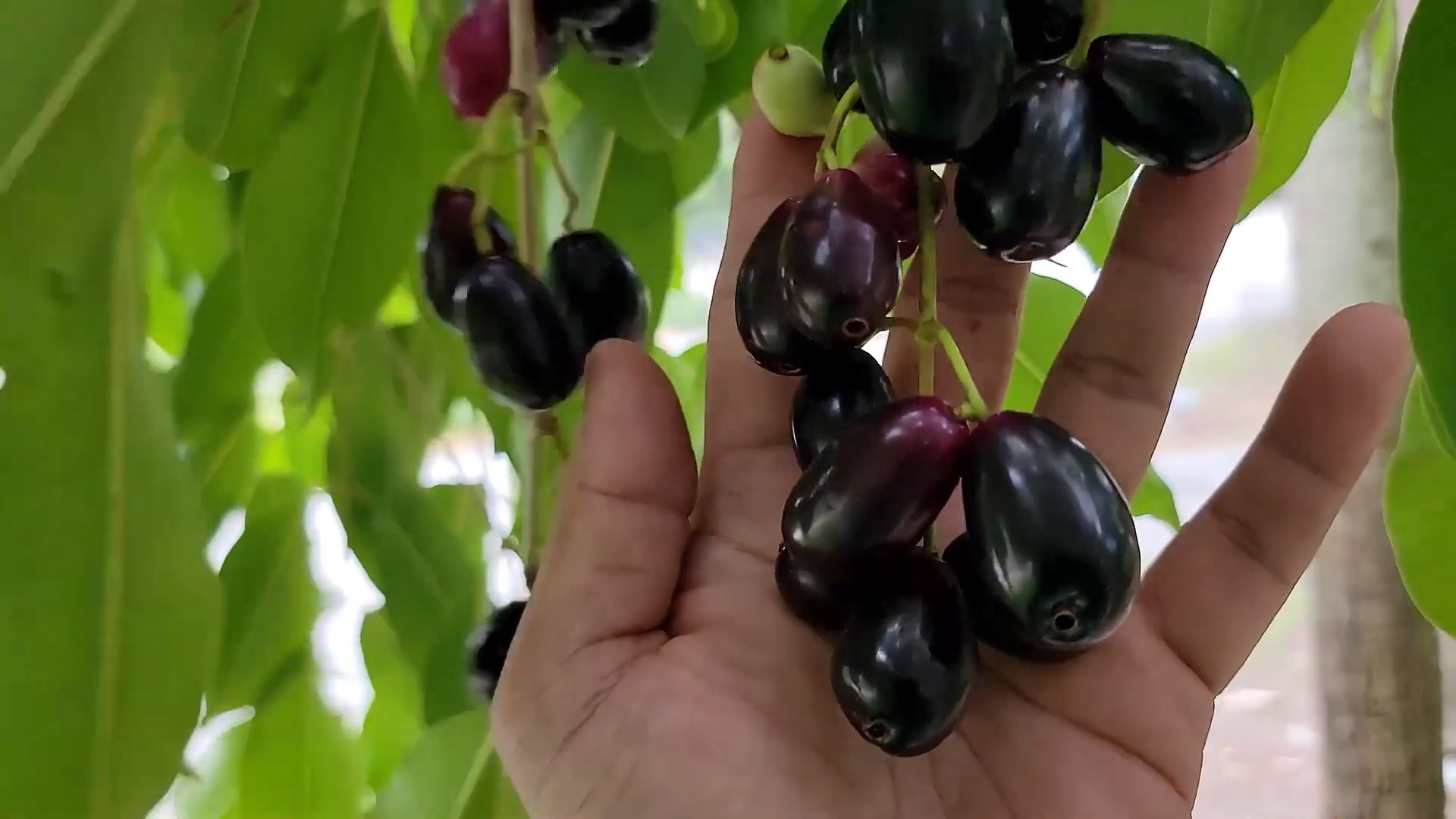
Growing Java Plum (Jamun) at Home: A Comprehensive DIY Guide
Hey there, fellow gardening enthusiasts! I’m so excited to share my experience and knowledge on growing Java Plum, also known as Jamun, right in your own backyard. It’s a rewarding experience, and trust me, the taste of homegrown Jamun is simply divine! This guide will walk you through everything you need to know, from selecting the right variety to harvesting those delicious, dark purple fruits.
Choosing the Right Java Plum Variety
Before we dive into the nitty-gritty, let’s talk about choosing the right variety. While most Java Plum trees produce similar-looking fruit, there can be subtle differences in taste, size, and disease resistance. Unfortunately, specific named varieties aren’t always readily available at local nurseries. However, you can still look for healthy, vigorous saplings.
* Local Adaptation: The most important factor is to choose a sapling that’s been grown locally. This ensures it’s already adapted to your climate and soil conditions.
* Fruit Size and Taste: If possible, ask the nursery about the fruit characteristics. Some trees produce larger, sweeter fruit than others.
* Disease Resistance: Inquire about any common diseases in your area and whether the sapling is known to be resistant.
Preparing for Planting
Alright, you’ve got your sapling! Now, let’s get the planting site ready. This is crucial for a healthy and productive tree.
* Sunlight: Java Plum trees thrive in full sun, meaning at least 6-8 hours of direct sunlight per day.
* Soil: They prefer well-drained soil that’s rich in organic matter. While they can tolerate a variety of soil types, avoid heavy clay soils that retain too much water.
* Space: Java Plum trees can grow quite large, so give them plenty of space. Aim for at least 25-30 feet between trees.
* Timing: The best time to plant is during the rainy season or early spring. This gives the tree ample time to establish its roots before the hot summer months.
Step-by-Step Planting Guide
Okay, let’s get our hands dirty! Follow these steps for a successful planting:
1. Dig the Hole: Dig a hole that’s twice as wide as the root ball and just as deep. This gives the roots plenty of room to spread out.
2. Amend the Soil: Mix the soil you removed from the hole with compost or well-rotted manure. This will improve drainage and provide essential nutrients. I usually use a 50/50 mix.
3. Remove the Sapling from the Container: Gently remove the sapling from its container. If the roots are tightly bound, carefully loosen them with your fingers.
4. Place the Sapling in the Hole: Position the sapling in the center of the hole, ensuring that the top of the root ball is level with the surrounding ground.
5. Backfill the Hole: Fill the hole with the amended soil, gently tamping it down to remove any air pockets.
6. Water Thoroughly: Water the newly planted tree thoroughly. This will help settle the soil and encourage root growth.
7. Mulch: Apply a layer of mulch around the base of the tree, keeping it a few inches away from the trunk. Mulch helps retain moisture, suppress weeds, and regulate soil temperature. I prefer using organic mulch like wood chips or straw.
8. Staking (Optional): If the sapling is young and unstable, you may want to stake it for support. Use soft ties to avoid damaging the trunk.
Caring for Your Java Plum Tree
Now that your tree is planted, it’s time to provide it with the care it needs to thrive.
Watering
* Regular Watering: Water regularly, especially during dry periods. Young trees need more frequent watering than established trees.
* Deep Watering: When you water, water deeply, allowing the water to soak into the soil. This encourages deep root growth.
* Avoid Overwatering: Be careful not to overwater, as this can lead to root rot. The soil should be moist but not soggy.
Fertilizing
* Young Trees: Fertilize young trees with a balanced fertilizer (e.g., 10-10-10) in the spring and summer. Follow the instructions on the fertilizer package.
* Mature Trees: Mature trees may not need regular fertilization, especially if the soil is rich in organic matter. However, you can apply a layer of compost around the base of the tree in the spring.
* Avoid Over-Fertilizing: Over-fertilizing can lead to excessive vegetative growth and reduced fruit production.
Pruning
* Young Trees: Prune young trees to establish a strong central leader and a well-balanced canopy. Remove any dead, damaged, or crossing branches.
* Mature Trees: Prune mature trees to maintain their shape, remove dead or diseased wood, and improve air circulation.
* Timing: The best time to prune is in late winter or early spring, before new growth begins.
* Proper Tools: Use sharp, clean pruning shears or a saw to make clean cuts.
Pest and Disease Control
* Regular Inspection: Regularly inspect your tree for signs of pests or diseases.
* Common Pests: Common pests of Java Plum trees include aphids, scale, and fruit flies.
* Common Diseases: Common diseases include leaf spot and root rot.
* Organic Control Methods: Use organic control methods whenever possible, such as insecticidal soap, neem oil, or copper fungicide.
* Prevention: Prevention is key! Maintain good air circulation, avoid overwatering, and remove any fallen leaves or fruit to prevent the spread of pests and diseases.
Harvesting Your Java Plums
The moment you’ve been waiting for! Harvesting those delicious Java Plums.
* Timing: Java Plums typically ripen in the summer. The exact timing will depend on your climate and the variety of tree.
* Signs of Ripeness: The fruits will turn a deep purple or black color and will be slightly soft to the touch.
* Harvesting Method: Gently pick the fruits from the tree. You may need to use a ladder to reach the higher branches.
* Storage: Java Plums are best eaten fresh. However, you can store them in the refrigerator for a few days.
Troubleshooting Common Problems
Even with the best care, you may encounter some problems along the way. Here are some common issues and how to address them:
* Lack of Fruit: If your tree isn’t producing fruit, it could be due to a number of factors, including lack of sunlight, poor pollination, or nutrient deficiencies. Make sure your tree is getting enough sunlight, consider hand-pollinating the flowers, and fertilize with a balanced fertilizer.
* Yellowing Leaves: Yellowing leaves can be a sign of nutrient deficiencies, overwatering, or pest infestations. Check the soil drainage, fertilize with a balanced fertilizer, and inspect the tree for pests.
* Leaf Spot: Leaf spot is a fungal disease that can cause brown or black spots on the leaves. Treat with a copper fungicide.
* Fruit Drop: Premature fruit drop can be caused by stress, such as drought or extreme temperatures. Ensure your tree is getting enough water and protect it from extreme weather conditions.
Propagating Java Plum Trees
Want to expand your Java Plum orchard? Here’s how you can propagate new trees:
* Seed Propagation: Java Plum trees can be grown from seed, but the resulting trees may not be true to type. To propagate from seed, collect ripe fruits, remove the pulp, and sow the seeds in a well-drained potting mix. Keep the soil moist and warm.
* Grafting: Grafting is a more reliable method of propagation, as it ensures that the new tree will have the same characteristics as the parent tree. Grafting involves joining a scion (a cutting from the desired tree) to a rootstock (a seedling or established tree). This is a more advanced technique, and I recommend seeking guidance from a local nursery or experienced gardener.
* Air Layering: Air layering is another method of propagation that involves rooting a branch while it’s still attached to the parent tree. This is a relatively simple technique that can be successful with Java Plum trees.
Enjoying Your Homegrown Java Plums
Congratulations! You’ve successfully grown your own Java Plums. Now it’s time to enjoy the fruits of your labor.
* Eating Fresh: Java Plums are delicious eaten fresh, straight from the tree.
* Making Jam and Jelly: They can also be used to make jam, jelly, and other preserves.
* Juicing: Java Plum juice is a refreshing and healthy beverage.
* Wine Making: Some people even use Java
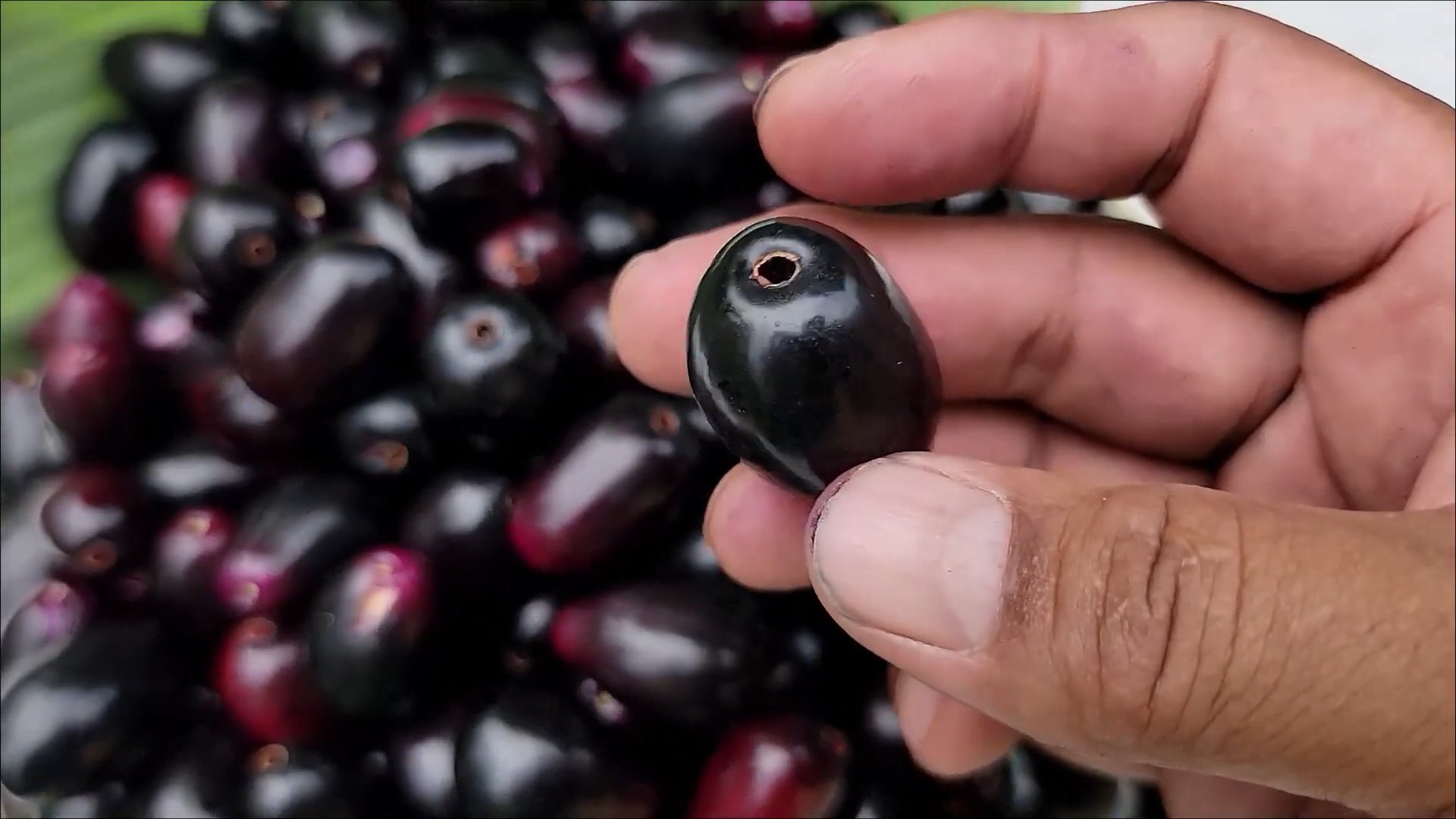
Conclusion
So, there you have it! Growing Java Plum at home might seem daunting at first, but with a little patience, the right knowledge, and this straightforward DIY trick, you’ll be well on your way to enjoying the sweet and tangy rewards of your own homegrown fruit. This isn’t just about saving money; it’s about connecting with nature, understanding the growth cycle, and experiencing the unique satisfaction of nurturing a plant from seedling to fruit-bearing tree.
Why is this DIY trick a must-try? Because it simplifies the propagation process, increases your chances of success, and allows you to tailor the growing conditions to your specific environment. Forget complicated grafting techniques or expensive nursery-bought saplings. This method focuses on simplicity and accessibility, making it perfect for both seasoned gardeners and beginners alike. Plus, you’ll have the bragging rights of saying, “I grew this Java Plum myself!”
But don’t stop there! Experiment with different soil compositions to see what works best in your region. Try varying the amount of sunlight your seedling receives to optimize growth. Consider using organic fertilizers to boost the health and vitality of your tree. The possibilities are endless!
Variations and Suggestions:
* Grafting for Faster Fruiting: While this DIY method focuses on growing from seed, you can explore grafting a branch from a mature, known-producing Java Plum tree onto your seedling once it’s established. This can significantly reduce the time it takes for your tree to bear fruit.
* Container Gardening: If you have limited space, consider growing your Java Plum in a large container. Choose a pot with excellent drainage and use a well-draining potting mix. Remember that container-grown trees may require more frequent watering and fertilization.
* Espalier Training: For a unique and space-saving approach, train your Java Plum tree using the espalier method. This involves pruning and training the branches to grow flat against a wall or fence, creating a beautiful and productive living screen.
* Companion Planting: Research companion plants that can benefit your Java Plum tree. Certain herbs and flowers can attract pollinators, repel pests, and improve soil health.
We wholeheartedly encourage you to try this DIY trick for growing Java Plum at home. It’s a rewarding experience that will connect you with nature and provide you with delicious, homegrown fruit. Don’t be afraid to experiment, adapt the method to your specific needs, and most importantly, have fun!
Once you’ve embarked on your Java Plum growing journey, we’d love to hear about your experiences. Share your successes, challenges, and any variations you’ve tried in the comments below. Let’s create a community of Java Plum enthusiasts and learn from each other! Your insights could be invaluable to other aspiring growers. Happy gardening!
Frequently Asked Questions (FAQ)
Q: How long does it take for a Java Plum tree grown from seed to bear fruit?
A: This is a common question, and the answer requires patience. Java Plum trees grown from seed typically take anywhere from 7 to 10 years to bear fruit. This is significantly longer than grafted trees, which can start producing fruit in 3 to 5 years. However, the satisfaction of growing a tree from seed and nurturing it to maturity is well worth the wait. Remember that factors like climate, soil quality, and care practices can influence the fruiting time. Grafting a branch from a mature tree onto your seedling, as mentioned in the variations, can help expedite the process.
Q: What are the ideal growing conditions for a Java Plum tree?
A: Java Plum trees thrive in warm, sunny climates. They prefer well-drained soil that is rich in organic matter. Aim for at least 6-8 hours of direct sunlight per day. While they are relatively drought-tolerant once established, regular watering is essential, especially during the first few years. Protect young trees from frost, as they are susceptible to damage. The ideal temperature range for Java Plum growth is between 65°F and 95°F (18°C and 35°C).
Q: What type of soil is best for growing Java Plum?
A: Java Plum trees are adaptable to a variety of soil types, but they perform best in well-drained, loamy soil. The soil should be slightly acidic to neutral, with a pH between 6.0 and 7.0. Avoid heavy clay soils that retain too much water, as this can lead to root rot. Amend the soil with compost or other organic matter to improve drainage and fertility. If you’re growing in a container, use a high-quality potting mix specifically formulated for fruit trees.
Q: How often should I water my Java Plum tree?
A: Water your Java Plum tree regularly, especially during the first few years after planting. The frequency of watering will depend on the climate, soil type, and the age of the tree. As a general rule, water deeply when the top inch of soil feels dry to the touch. Avoid overwatering, as this can lead to root rot. Mature trees are more drought-tolerant and require less frequent watering. During periods of heavy rainfall, you may not need to water at all.
Q: What are some common pests and diseases that affect Java Plum trees?
A: While Java Plum trees are relatively pest and disease-resistant, they can be susceptible to certain problems. Common pests include aphids, scale insects, and fruit flies. Diseases that may affect Java Plum trees include leaf spot, anthracnose, and root rot. Regularly inspect your tree for signs of pests or diseases and take appropriate action if necessary. Organic pest control methods, such as neem oil or insecticidal soap, can be effective for controlling many pests. Ensure proper drainage to prevent root rot.
Q: Can I grow Java Plum in a container?
A: Yes, you can successfully grow Java Plum in a container, especially if you live in an area with cold winters. Choose a large container with excellent drainage and use a well-draining potting mix. Container-grown trees may require more frequent watering and fertilization than trees planted in the ground. Prune regularly to maintain a manageable size. You may need to repot your tree every few years as it grows.
Q: How do I prune my Java Plum tree?
A: Pruning is essential for maintaining the health and productivity of your Java Plum tree. Prune during the dormant season (late winter or early spring) to remove dead, damaged, or crossing branches. Thin out the canopy to improve air circulation and sunlight penetration. Prune to shape the tree and encourage fruit production. Remove any suckers that grow from the base of the tree.
Q: What are the nutritional benefits of Java Plum?
A: Java Plum is a nutritious fruit that is rich in vitamins, minerals, and antioxidants. It is a good source of vitamin C, vitamin A, iron, and potassium. Java Plum is also known for its medicinal properties and has been used in traditional medicine to treat various ailments, including diabetes, digestive problems, and skin conditions.
Q: Where can I find Java Plum seeds or saplings?
A: You can find Java Plum seeds online from reputable seed suppliers. Alternatively, you can collect seeds from ripe Java Plums. Saplings may be available at local nurseries or online retailers specializing in fruit trees. When purchasing seeds or saplings, ensure that they are from a reliable source and are free from pests and diseases.
Q: Is growing Java Plum at home worth the effort?
A: Absolutely! While it requires patience, growing Java Plum at home is a rewarding experience. You’ll have the satisfaction of nurturing a tree from seed to fruit, and you’ll be able to enjoy the delicious, homegrown fruit. Plus, you’ll be contributing to a more sustainable environment. The unique flavor and health benefits of Java Plum make it a worthwhile addition to any home garden. And remember, mastering this DIY trick for growing Java Plum will give you a green thumb confidence boost!


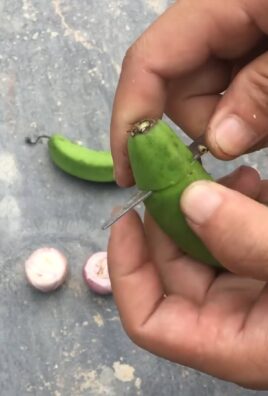
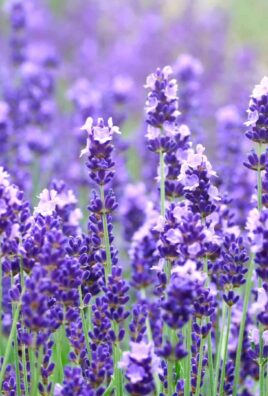
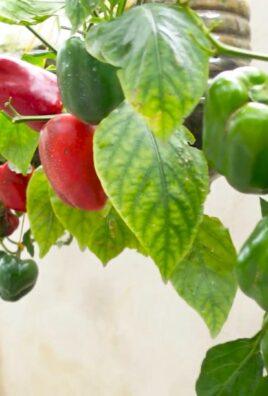
Leave a Comment